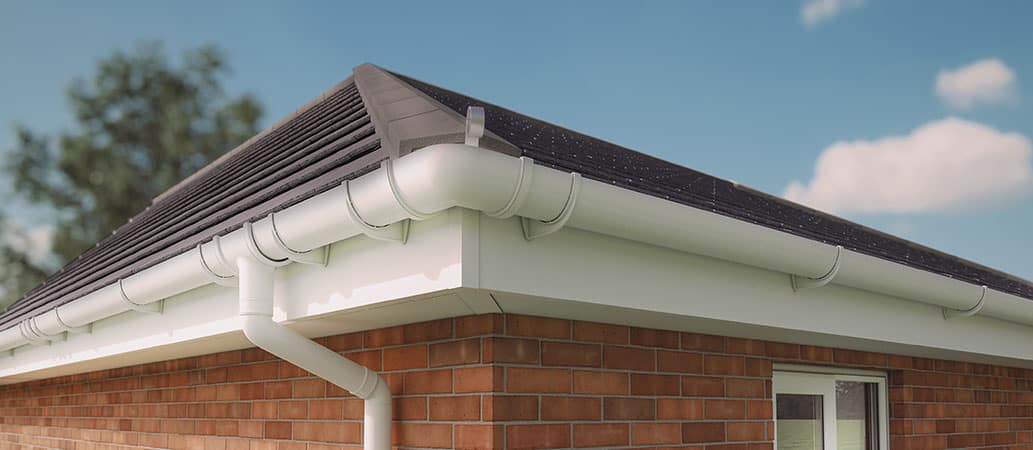Understanding Fascia and Cladding: Essential Elements of Building Design
The visual appeals and performance of a building significantly depend upon the exterior design and the materials used in building and construction. Amongst the eye-catching components that add to the visual appeal and defense of a structure are fascia and cladding. This short article will check out the definitions, functions, material choices, installation processes, and benefits of Fascia And Cladding (118.24.129.148) in building construction.
What is Fascia?
Fascia refers to the band of product that runs horizontally along the edge of a roofing. Its primary function is to support the lower edge of the roof and work as a barrier in between the roofline and the outside environment, efficiently sealing the roofing structure to prevent moisture seepage. Furthermore, fascia boards are critical in securing the underlying structures, such as the rafter beams, from weather damage, pests, and decay.
What is Cladding?
Cladding, on the other hand, is the external layer or covering of a structure that functions as a protective and ornamental façade. It is applied over structural walls to provide insulation, increase sturdiness, and improve visual appeal. Cladding can be made from different materials, including wood, metal, PVC, stone, and composite materials.
Table 1: Key Differences in between Fascia and Cladding
| Criteria | Fascia | Cladding |
|---|
| Definition | A horizontal board at the roofing's edge | Outside covering on walls |
| Function | Supports roofing system edges and prevents moisture | Insulation, security, and aesthetics |
| Materials Used | Wood, PVC, aluminum | Wood, metal, vinyl, stone, brick |
| Aesthetic Impact | Very little vs. cladding | Considerable visual impact |
Significance of Fascia and Cladding
Fascia Benefits:
- Weather Protection: Fascia secures roofing system structures from rain, snow, and other weather components.
- Aesthetic Appeal: It provides a smooth transition in between the roof and the wall, adding to the overall look of the building.
- Obstructed Pests: Fascia boards prevent birds, insects, and other bugs from getting in the roof space.
Cladding Benefits:
- Thermal Insulation: Cladding products can provide additional insulation, decreasing energy costs.
- Moisture Barrier: Proper cladding functions as a barrier against wetness, protecting the underlying structures.
- Sturdiness: Cladding products like metal or stone are resistant to weathering and can last a very long time with minimal maintenance.
Types of Fascia Materials
Fascia materials can vary substantially based on performance, appearance, and expense considerations. The most typical products consist of:
- Wood: A standard choice that provides natural appeal but needs routine maintenance to prevent decomposing and deforming.
- PVC: A low-maintenance alternative that is water-resistant and available in numerous colors.
- Aluminum: Resistant to corrosion and simple to set up, however may be less aesthetically attractive than other materials.
Types of Cladding Materials
Cladding materials include a broad variety of options, each with its special characteristics:
- Wood: Provides a natural and warm visual however needs treatment to withstand insects and weather.
- Vinyl: Affordable and low-maintenance, offered in panels and numerous colors.
- Metal (Aluminum, Steel): Provides a contemporary look, is durable, and reflects energy performance.
- Brick: Traditional and strong, it provides outstanding insulation and minimizes the requirement for regular maintenance.
- Stone: Provides a high-end aesthetic and exceptional sturdiness but can be costly.
Installation of Fascia and Cladding
Installing Fascia
- Preparation: Remove old fascia (if applicable) and tidy the location.
- Step and Cut: Measure the length of the roof edge and cut the fascia product accordingly.
- Affixing: Secure the fascia board to the rafter ends using nails or screws.
- Sealing: Apply caulk around joints to make sure a watertight seal.
Installing Cladding
- Preparation: Ensure the wall surface is tidy and level. Add a wetness barrier if essential.
- Framing: Install vertical battens or a structure for the cladding to connect to.
- Step and Cut: Measure the cladding panels according to wall height and width.
- Affixing: Fix the cladding panels to the framework using defined fasteners, making sure appropriate alignment.
- Trimming and Finishing: Add trims at the edges and use any necessary sealants.
FAQs About Fascia and Cladding
What is the typical life expectancy of fascia products?
The lifespan of fascia differs by material: wood can last as much as 20 years with correct maintenance, while PVC can last over 30 years, and aluminum has a life expectancy even longer than that.
Is cladding necessary for all structures?
While cladding is not obligatory, it is highly advantageous for improving insulation and safeguarding the structure from weather components. For industrial structures, it is nearly vital to guarantee energy effectiveness and looks.

Can I set up fascia and cladding myself?
DIY installation is possible for those with home improvement experience; nevertheless, hiring professionals is recommended for guaranteeing appropriate installation and adherence to building regulations.
Both fascia and cladding play essential functions in the durability and visual appeal of a building. Understanding the materials, advantages, and installation processes of each can considerably affect the efficiency and overall appearance of a structure. By picking the best kind of fascia and cladding, homeowners and builders can ensure that their structures are not just appealing however also well-protected versus ecological elements. As the demand for energy-efficient and aesthetically pleasing buildings continues to grow, embracing these vital components of style will stay essential.